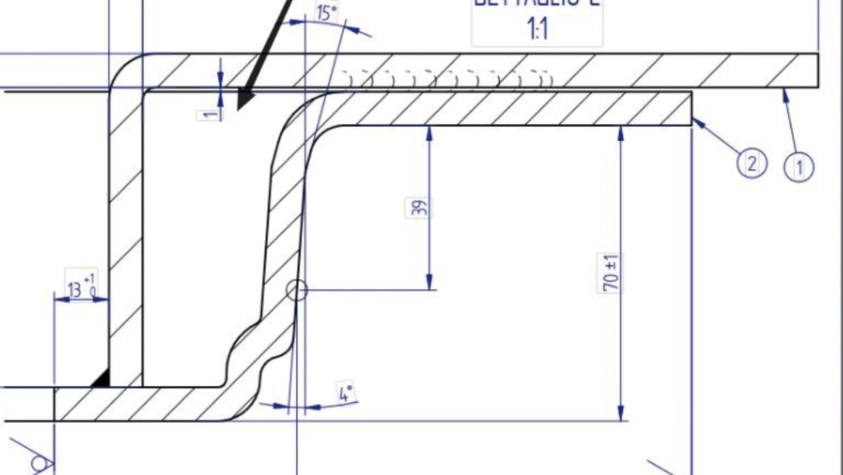- Afrikaans
- Albanian
- Amharic
- Arabic
- Armenian
- Azerbaijani
- Basque
- Belarusian
- Bengali
- Bosnian
- Bulgarian
- Catalan
- Cebuano
- China
- China (Taiwan)
- Corsican
- Croatian
- Czech
- Danish
- Dutch
- English
- Esperanto
- Estonian
- Finnish
- French
- Frisian
- Galician
- Georgian
- German
- Greek
- Gujarati
- Haitian Creole
- hausa
- hawaiian
- Hebrew
- Hindi
- Miao
- Hungarian
- Icelandic
- igbo
- Indonesian
- irish
- Italian
- Japanese
- Javanese
- Kannada
- kazakh
- Khmer
- Rwandese
- Korean
- Kurdish
- Kyrgyz
- Lao
- Latin
- Latvian
- Lithuanian
- Luxembourgish
- Macedonian
- Malgashi
- Malay
- Malayalam
- Maltese
- Maori
- Marathi
- Mongolian
- Myanmar
- Nepali
- Norwegian
- Norwegian
- Occitan
- Pashto
- Persian
- Polish
- Portuguese
- Punjabi
- Romanian
- Russian
- Samoan
- Scottish Gaelic
- Serbian
- Sesotho
- Shona
- Sindhi
- Sinhala
- Slovak
- Slovenian
- Somali
- Spanish
- Sundanese
- Swahili
- Swedish
- Tagalog
- Tajik
- Tamil
- Tatar
- Telugu
- Thai
- Turkish
- Turkmen
- Ukrainian
- Urdu
- Uighur
- Uzbek
- Vietnamese
- Welsh
- Bantu
- Yiddish
- Yoruba
- Zulu
Aug . 21, 2024 01:34 Back to list
Innovative Designs for Efficient Low Temperature Heat Exchanger Applications in Various Industries
Low Temperature Heat Exchangers Enhancing Efficiency in Thermal Management
Heat exchangers are critical components in various industrial processes, providing efficient thermal energy transfer between two or more fluids. When the temperature of these fluids is relatively low, specialized equipment known as low temperature heat exchangers (LTHEs) is employed. These devices play a pivotal role in maximizing energy efficiency while minimizing operational costs in applications such as refrigeration, cryogenics, and district heating.
Understanding Low Temperature Heat Exchangers
Low temperature heat exchangers are designed to operate at temperatures typically below 0 degrees Celsius (32 degrees Fahrenheit). They facilitate the exchange of thermal energy between fluids that may be gases, liquids, or a combination of both, allowing for efficient heating or cooling processes. The design and materials of LTHEs are crucial, as they need to withstand the challenges posed by low temperatures, including changes in fluid properties and possible condensation.
Materials and Design Considerations
The selection of materials for low temperature heat exchangers is essential for their performance and longevity. Common materials include stainless steel, copper, and specialized alloys that maintain structural integrity at low temperatures. The exchanger design often incorporates features like enhanced surface area, which increases the contact between the fluids, thus improving heat transfer rates. Various configurations such as shell-and-tube, plate, and finned-tube designs are employed based on the specific application requirements.
Applications of Low Temperature Heat Exchangers
1. Refrigeration and Air Conditioning LTHEs are pivotal in refrigeration systems, where they help in the efficient transfer of heat from the inside of refrigerators and AC units to the external environment. This thermal exchange is critical for maintaining low temperatures in refrigeration and comfortable indoor climates in air conditioning.
2. Cryogenics In the field of cryogenics, LTHEs enable the handling of liquefied gases such as nitrogen and argon. These heat exchangers are critical for processes where gas needs to be cooled to extremely low temperatures for storage or transport.
low temperature heat exchanger

3. Food Processing The food industry utilizes LTHEs for processes such as pasteurization and cooling of products. Rapid heat exchange is vital to maintain the quality and safety of food items, with low temperature conditions preventing microbial growth.
4. Renewable Energy Systems Low temperature heat exchangers are increasingly being integrated into renewable energy systems, particularly in geothermal heating and solar thermal applications. They facilitate the transfer of heat from the environment to heating systems, promoting energy conservation.
Advantages of Low Temperature Heat Exchangers
The implementation of low temperature heat exchangers offers several significant advantages
- Improved Energy Efficiency By optimizing thermal transfer at low temperatures, LTHEs help reduce energy consumption, which is not only cost-effective but also environmentally friendly. - Versatility They can be adapted for various fluids and designed for specific applications, making them suitable for numerous industries beyond traditional refrigeration, such as pharmaceuticals and chemical processing.
- Sustainability With the growing focus on sustainability, the ability of LTHEs to improve energy efficiency aligns with global efforts to reduce carbon emissions and promote eco-friendly practices.
Conclusion
Low temperature heat exchangers are indispensable tools in modern thermal management, offering efficient solutions across various industrial applications. As technology advances and the demand for energy efficiency grows, the role of LTHEs will only expand, paving the way for innovative designs and applications that promote sustainability while optimizing energy use. Their ability to efficiently transfer heat at low temperatures makes them a key contributor to the industry's efforts toward reducing environmental impact and enhancing operational effectiveness.
-
8mm Thin-Walled Cast Steel Manhole Cover Pallet Bottom Ring | Durable
NewsAug.04,2025
-
Premium Cast Iron Water Main Pipe: Durable, Corrosion-Resistant
NewsAug.03,2025
-
Durable Cast Iron Water Mains | AI-Optimized Systems
NewsAug.02,2025
-
High-Efficiency Propane Boiler for Baseboard Heat | Save Energy
NewsAug.01,2025
-
Premium Source Suppliers for Various Gray Iron Castings
NewsJul.31,2025
-
Durable Cast Iron Water Main Pipes | Long-Lasting
NewsJul.31,2025


